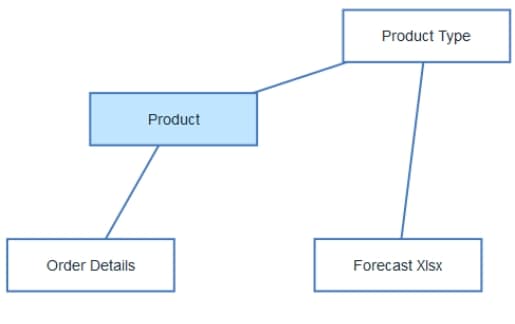Data modules, data sets and data servers are important self-service reporting capabilities in Cognos Analytics. We highlight the unique functions and features of each along with descriptions of how they can be used for self-service analysis and reporting on the Cognos platform.
Data server
Data server connections are used to connect to existing databases using built-in database drivers (JDBC).
- Users defining the data server connection must know the details of how to connect and authenticate (read-permissions) to the data source
- Once defined, the metadata from one or more schemas must be loaded into the connection definition
- Data server connections can be used as a source for a data module
- Once selected, users are responsible for selecting objects, such as tables and views, from the data server and managing their relationships
- Create and manage data server connections via the manage tool (shown outlined in red in the adjacent graphic)
Data modules 
Data modules allow users to combine data from any of the following sources and use it in a dashboard or report:
- Users can perform lightweight data modeling within a data module
- Joining tables and disparate sources
- Must be familiar with proper entity relationships, logical business rules and cardinalities
Data sets
Data sets are created from existing packages.
- A data set is actually a data extract that can be used as the source for a data module or a dashboard
- Data is stored on the IBM Cognos server
- Data sets can be refreshed manually or via a schedule
- The extract can be filtered to create high-performing subsets of data
- It is no longer required to create a data set to use existing relational packages in dashboards
- OLAP packages still require a data set to be defined prior to using in a dashboard
Other resources
This blog first appeared as a companion piece to the our on-demand webinar Cognos Analytics Data Acquisition & Storytelling. See demos of data modules, data sets and data servers; learn the differences – and specific benefits – of each feature and get how-to guidance for data acquisition and storytelling.









